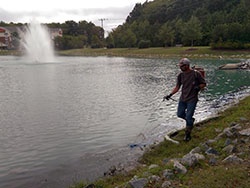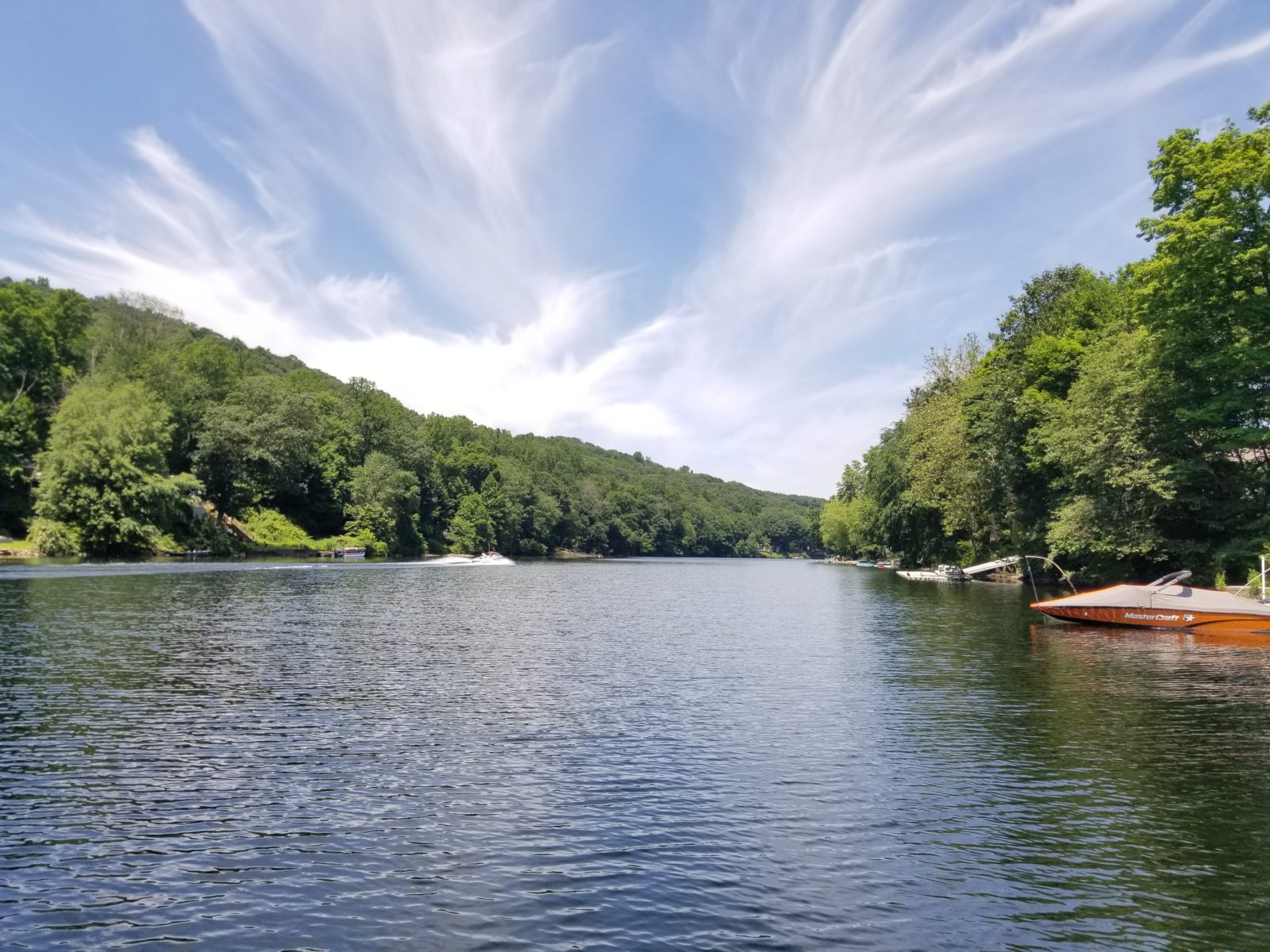Pond Management: What Are You Putting In My Pond?
February 25th, 2016
Written by Industry Expert, Michael Lennon, Senior Biologist and Territory Leader
 Aquatic herbicides and algaecides, as their names suggest, are used to manage plants and algae in aquatic ecosystems. They are an important tool for aquatic resource management, and often offer the most efficient and cost effective solution for managing undesirable plant and/or algae growth in a waterbody.
Aquatic herbicides and algaecides, as their names suggest, are used to manage plants and algae in aquatic ecosystems. They are an important tool for aquatic resource management, and often offer the most efficient and cost effective solution for managing undesirable plant and/or algae growth in a waterbody.
Despite widespread use, aquatic herbicides and algaecides are highly regulated. All U.S. EPA approved aquatic-use pesticides are subject to extensive testing to evaluate their effectiveness on target and non-target organisms, persistence in the environment and threats to public health. To achieve EPA registration, aquatic herbicides must meet rigid environmental and toxicology criteria. Required testing for aquatic pesticide registration is considerably more rigorous than their terrestrial counterparts, requiring evaluation of roughly 150 unique tests. Due to strict testing requirements, registration generally takes years of research before a new chemical compound can be approved by the EPA. Currently, there are only 14 EPA approved active ingredients that can be used in aquatic herbicides and algaecides. Various formulations and concentrations of these 14 ingredients constitute all approved aquatic herbicides and algaecides available for use in the US.
If you have unwanted vegetation in your lake or pond, it is likely that at some point you will consider using an herbicide to help manage the undesirable growth. The decision to use one herbicide formulation over another is influenced by a variety of factors including: target vegetation to be controlled, size and configuration of treatment area, water flow, potential non-target impacts, water uses and cost. Active ingredients and formulations are not equal and improper application can lead to undesirable results, so you should always consult with a professional lake and pond manager to ensure that your management goals are reached.
Similar to aquatic herbicides, there are a variety of available aquatic algaecide formulations that can be used to control nuisance microscopic and macroscopic algae in your lake or pond. Although algaecides are formulated from two primary active ingredients, copper and hydrogen peroxide, different formulations and concentrations can be used to address specific problems within each unique waterbody.
Both herbicides and algaecides are designed to target chemical pathways specific to vegetation and pond algae and therefore do not typically risk non-target impacts to fish, birds, invertebrates or other aquatic fauna. Advanced formulations also allow for species selectivity, where necessary, helping to establish and maintain more desirable plant growth in your pond. Contact your local lake and pond management professional to see what can be done to help improve conditions in your waterbody.
Contact the experts at 888-480-5253 for all of your lake, pond and fisheries management needs.
Michael Lennon is a Senior Biologist and Territory Leader with SOLitude Lake Management. Since 1998, SOLitude Lake Management has been committed to providing full service lake and pond management services that improve water quality, preserve natural resources, and reduce our environmental footprint. Lake, pond and fisheries management services, consulting, and aquatic products are available nationwide. Learn more about SOLitude Lake Management and purchase products at www.solitudelakemanagement.com.










